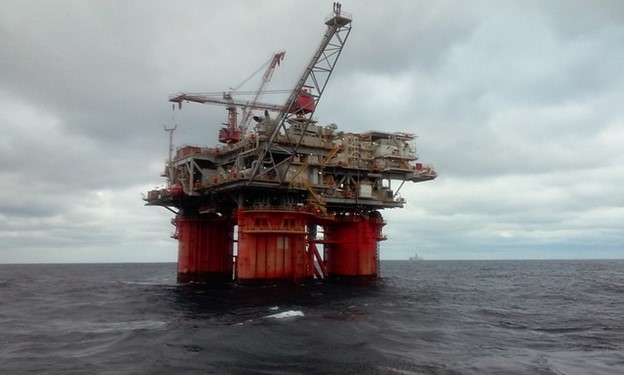Since the beginning of the year, ports and businesses have grappled with the global supply chain crisis. Just as the problem seemed to ease, the industry dealt another blow: the new Omicron COVID variant.
Supply chains are still vulnerable to pandemic-related disruptions, as evidenced by the Omicron variant, indicating that the crisis is far from over. The world first learned about the new Omicron variant late last week. South African scientist reported the strain’s emergence. The World Health Organization quickly declared it a “variant of concern”. They warned that it would spread further and become a “very high” global risk.
Knock-on effects of lockdowns
There have been no reported cases of Omicron in mainland China. However, Hong stated that he is closely monitoring the Chinese government’s response in light of the issues in Hong Kong.
China expected to step up its ‘zero-COVID’ policy, which has previously included mass lockdowns of entire cities, enforced quarantines, and strict checks at ports, including monitoring ships and cargo, to prevent cases from entering” he wrote.
With the emergence of Omicron, other analysts have warned that China may step up its zero-COVID measures. As the COVID pandemic’s early disruptions demonstrated, lockdown measures in one country have “significant knock-on effects both up and downstream into other areas,” Hong said.
Shanghai is the busiest port, followed by Ningbo-Zhoushan and Shenzhen, with Hong Kong ranking eighth last year.
Regional exports recovery
This year has seen massive disruptions to global supply chains, ranging from container shortages to floods and COVID infections that forced port closures. The recent energy crises in mainland China and Europe have roiled the shipping industry.
However, the situation appeared to be stabilizing recently, albeit still a long way from pre-COVID times.
As restrictions in Asia eased, workers could return, and factories reopened in September. However, there were some hiccups along the way, such as the reinstatement of some restrictions to stabilize recent Covid waves.
Even though more production is coming online, she said logistical challenges remain, particularly in shipping and air freight. It includes the “multi-year lag” between new ship orders and deliveries, which causes short-term shipping supply constraints. In 2021, less than half of all ships arrived on time, and late ships consistently add more than a week to delivery times, compared to about four days in 2018 and 2019.















